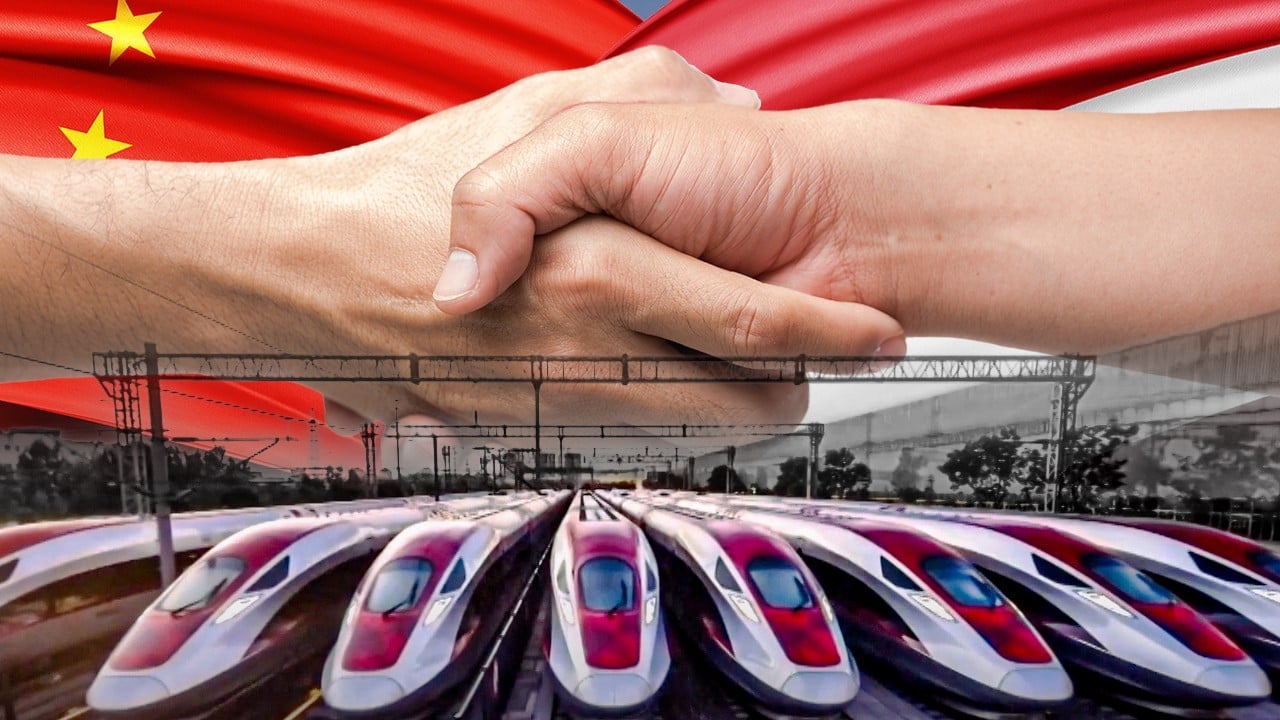China’s high-speed railway in Indonesia is adding trips – but debt could hold back the gravy train
- After six months of operations, China’s high-speed railway in Indonesia is proving popular among time-conscious travellers and adding new trips
- But with decades to go before turning a profit, analysts wonder if the enthusiasm can be sustained long enough to overcome high levels of debt

When it turned six months old in mid-April, the Jakarta-Bandung high-speed railway had moved 2.56 million passengers, made 7,050 trips and covered 1.26 million kilometres (783,000 miles), China’s state-owned Xinhua News Agency reported.
The report quoted system builder and operator PT Kereta Cepat Indonesia-China, a joint venture with investment from state-owned firms in both countries.
This month the trains increased their regular schedule to 48 trips per day from 44 after a review of ridership trends, the Jakarta Globe reported. Service started at just 14 trips per day.
The railway, branded “Whoosh” – its red and silver trains can move as fast as 350kph – is expected to continue attracting travellers who live near the four stations, including one outside the capital Jakarta and one near Bandung, a tourist city 158km (98 miles) to the southeast.
But ridership over the past six months cannot predict whether the railway’s popularity will be sustainable and wide-ranging enough to turn profits, analysts said.

